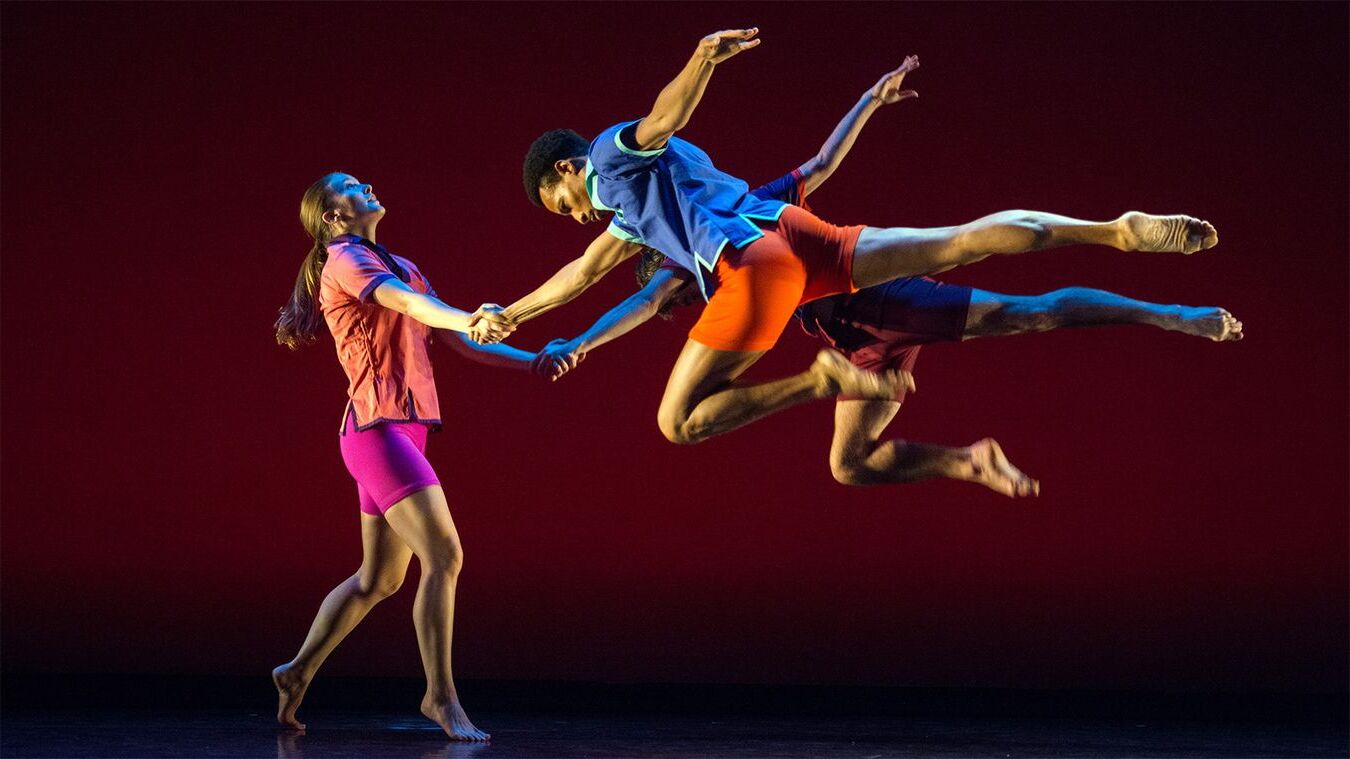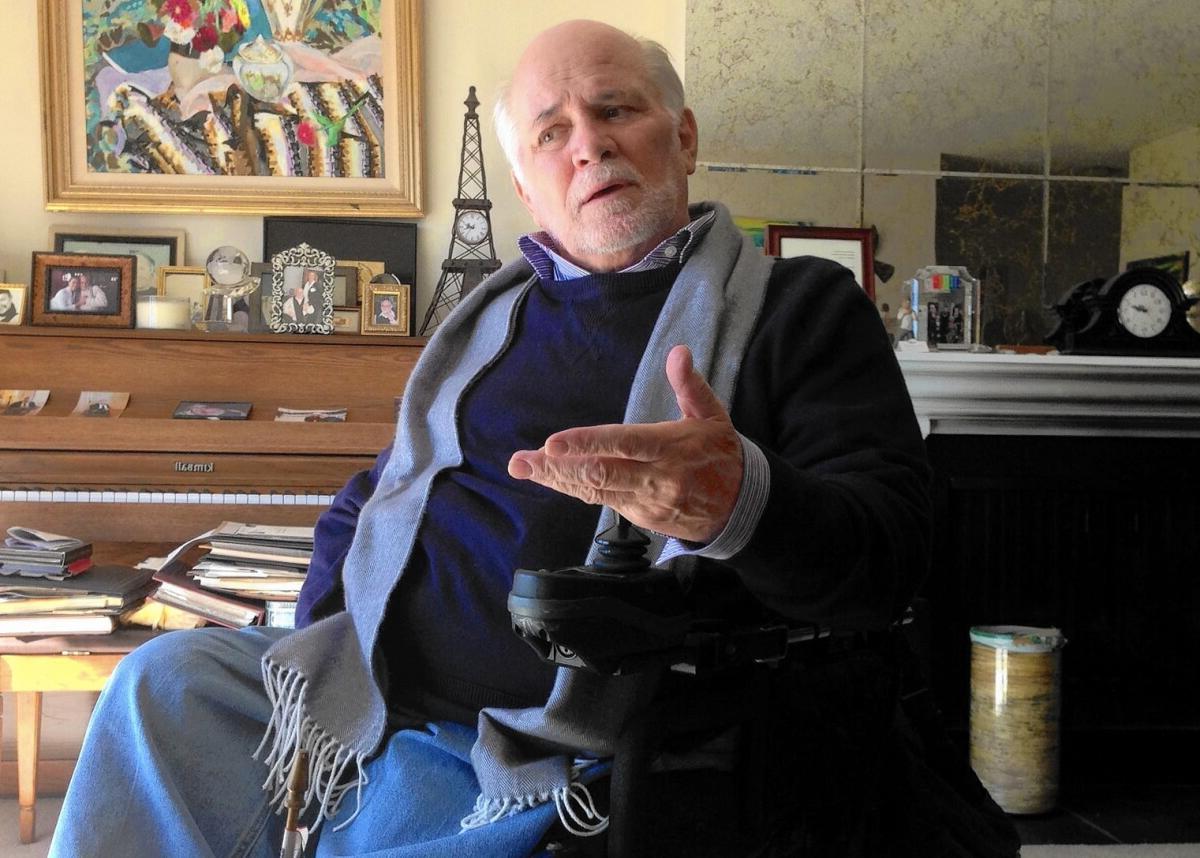
Music and dance have been integral parts of human culture for centuries. They bring people together, tell stories, and express emotions in ways words often can't. From ancient tribal rituals to modern pop concerts, these art forms have evolved but their core purpose remains the same. Why do we love music and dance so much? It's simple: they make us feel alive. Whether it's the beat of a drum, the strum of a guitar, or the graceful movements of a ballet dancer, these elements resonate deeply within us. Ready to learn some cool facts about music and dance? Let's get started!
Key Takeaways:
- Music and dance have a rich history spanning thousands of years, with fascinating facts like the oldest musical instrument and the world's largest dance. They are universal forms of expression that bring people together.
- From Mozart composing at age five to the rise of K-Pop and TikTok dances, music and dance continue to evolve and captivate audiences worldwide. They have the power to evoke emotions, improve memory, and tell stories through movement and rhythm.
The Power of Music
Music has been a part of human culture for thousands of years. It has the power to evoke emotions, tell stories, and bring people together. Here are some fascinating facts about music:
- Oldest Musical Instrument: The oldest known musical instrument is a flute made from a vulture's wing bone, dating back over 40,000 years.
- Mozart's Early Start: Wolfgang Amadeus Mozart composed his first piece of music at the age of five.
- Universal Language: Music is often called the universal language because it can be understood and appreciated by people from different cultures and backgrounds.
- Beethoven's Deafness: Ludwig van Beethoven composed some of his greatest works while completely deaf.
- Music and Memory: Listening to music can help improve memory and cognitive function, especially in older adults.
- Heartbeat Sync: Your heartbeat can change to mimic the rhythm of the music you’re listening to.
- Plants and Music: Studies suggest that plants can grow faster when exposed to music, particularly classical music.
- Music Therapy: Music therapy is used to help patients with mental health issues, developmental and learning disabilities, Alzheimer's disease, and other conditions.
- Most Expensive Instrument: The most expensive musical instrument ever sold is a Stradivarius violin, which fetched $15.9 million at auction.
- Longest Song: The longest officially released song is "The Rise and Fall of Bossanova" by PC III, which lasts 13 hours, 23 minutes, and 32 seconds.
The Magic of Dance
Dance is another universal form of expression that has been part of human culture for millennia. It can be a form of storytelling, celebration, or even a way to stay fit. Here are some intriguing facts about dance:
- Oldest Dance: The oldest known dance is believed to be the "circle dance," which dates back to prehistoric times.
- Ballet Origin: Ballet originated in the Italian Renaissance courts of the 15th century and later developed into a concert dance form in France and Russia.
- Dance and Fitness: Dancing is a great way to stay fit. It improves cardiovascular health, muscle tone, and flexibility.
- Dance Therapy: Dance therapy is used to help people with emotional, cognitive, physical, and social integration.
- World's Largest Dance: The world's largest dance was performed by 50,000 people in India, dancing to the song "Awaara Hoon."
- Tap Dance: Tap dance originated in the United States during the 19th century, combining elements of African tribal dances, Scottish, Irish, and English clog dancing.
- Breakdancing: Breakdancing, or b-boying, originated in the Bronx, New York, during the 1970s and became a cornerstone of hip-hop culture.
- Flamenco: Flamenco is a traditional Spanish dance that originated in the Andalusian region and is characterized by its passionate and expressive movements.
- Dance in Animals: Some animals, like birds of paradise, perform intricate dance routines to attract mates.
- Dance Marathons: During the Great Depression, dance marathons were popular in the United States as a form of entertainment and a way to win cash prizes.
Music and Dance in Different Cultures
Different cultures have their own unique forms of music and dance, each with its own history and significance. Here are some interesting facts about music and dance around the world:
- African Drumming: African drumming is a traditional form of communication and storytelling, often used in ceremonies and celebrations.
- Indian Classical Music: Indian classical music is one of the oldest musical traditions in the world, with roots going back over 3,000 years.
- Samba: Samba is a lively, rhythmical dance from Brazil, often performed during the famous Carnival festival.
- Irish Stepdance: Irish stepdance is known for its rapid leg movements while keeping the upper body stiff and is popularized by shows like "Riverdance."
- Japanese Taiko Drumming: Taiko drumming is a traditional Japanese form of percussion using large drums, often performed at festivals and ceremonies.
- Tango: Tango originated in the working-class neighborhoods of Buenos Aires, Argentina, and is known for its dramatic and passionate movements.
- Chinese Opera: Chinese opera combines music, vocal performance, mime, dance, and acrobatics, and has been a popular form of entertainment for centuries.
- Hula: Hula is a traditional Hawaiian dance that tells stories through movement and is often accompanied by chant or song.
- Russian Folk Dance: Russian folk dance is characterized by its energetic and acrobatic movements, often performed in traditional costumes.
- Reggae: Reggae music originated in Jamaica in the late 1960s and is known for its laid-back rhythm and socially conscious lyrics.
Modern Music and Dance Trends
Music and dance continue to evolve, with new styles and trends emerging all the time. Here are some facts about modern music and dance:
- K-Pop: K-Pop, or Korean pop music, has become a global phenomenon, with bands like BTS and BLACKPINK gaining international fame.
- Electronic Dance Music (EDM): EDM has become one of the most popular genres of music in recent years, with festivals like Tomorrowland attracting hundreds of thousands of fans.
- TikTok Dances: TikTok has popularized short dance routines, with millions of users creating and sharing their own dance videos on the platform.
The Beat Goes On
Music and dance have always been part of human culture. From ancient rituals to modern pop concerts, they bring people together, tell stories, and express emotions. Knowing these 33 facts about music and dance gives a deeper appreciation for their impact on our lives. Whether it's the healing power of music therapy, the cultural significance of traditional dances, or the science behind rhythm, there's always something new to learn. Keep exploring, keep dancing, and let the music move you. The world of music and dance is vast and ever-changing, offering endless opportunities for discovery and joy. So next time you hear a catchy tune or see a mesmerizing dance, remember the rich history and fascinating facts behind them. Keep the beat alive and let your passion for music and dance grow.
Frequently Asked Questions
Was this page helpful?
Our commitment to delivering trustworthy and engaging content is at the heart of what we do. Each fact on our site is contributed by real users like you, bringing a wealth of diverse insights and information. To ensure the highest standards of accuracy and reliability, our dedicated editors meticulously review each submission. This process guarantees that the facts we share are not only fascinating but also credible. Trust in our commitment to quality and authenticity as you explore and learn with us.


